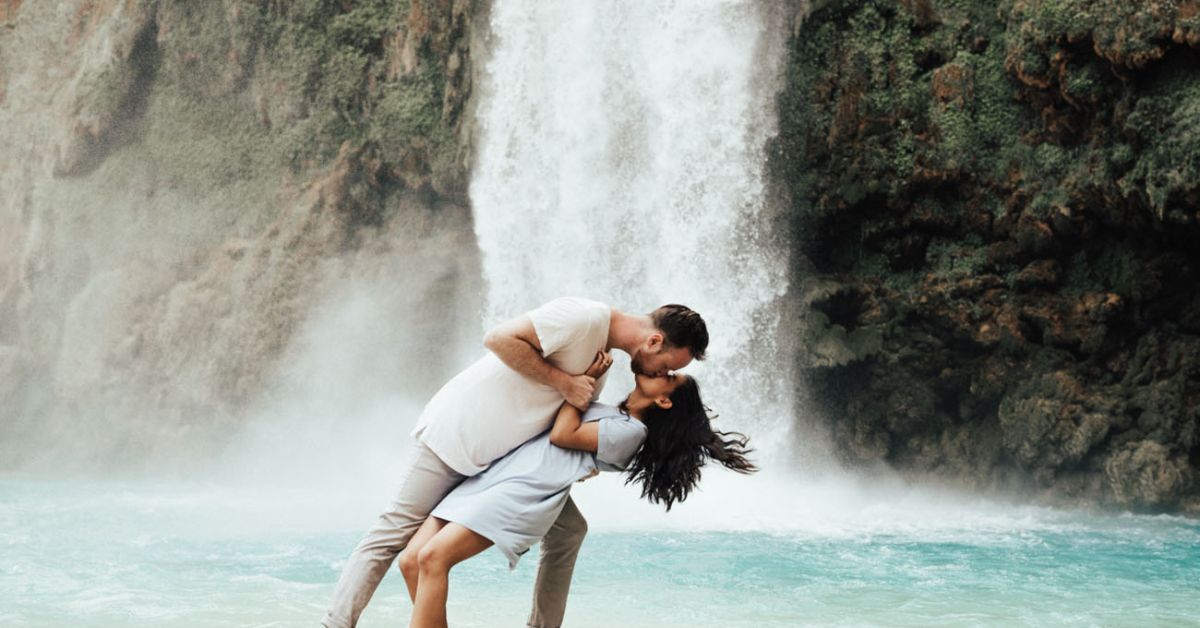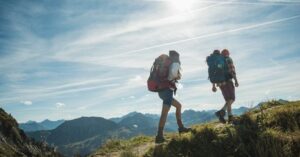Imagine yourself standing at the edge of a turquoise paradise with towering red cliffs and cascading waterfalls all around you. This isn’t a dream; it’s Havasu Falls, one of Arizona’s most breathtaking natural wonders. For many, the idea of a challenging hike might seem daunting.
Diving in the heart of the Grand Canyon, Havasu Falls has long been a bucket-list destination for adventure seekers and nature lovers alike. But for those with mobility issues, time constraints, or simply a desire for a more relaxed journey, the traditional hiking route can be a major obstacle.
In this comprehensive guide, we’ll explore the various options for getting to Havasu Falls without hiking. From helicopter rides to mule trips, we’ll cover everything you need to know to plan your perfect, hike-free adventure. Get ready to discover how you can witness the beauty of Havasu Falls; no hiking boots are required.
Essential Tips for a Comfortable Journey to Havasu Falls Without Hiking
Planning a trip to Havasu Falls without hiking requires careful consideration and preparation. The first step is to research and understand the available alternatives. These may include helicopter rides, mule trips, or guided tours that offer transportation assistance.
Each option has its own set of advantages and considerations, so it’s crucial to choose the one that best fits your needs and preferences.
When planning your journey, consider factors such as your physical abilities, budget, and time constraints. Some alternatives may be more expensive than hiking, but they offer a quicker and more comfortable experience.
It’s also important to book your chosen method of transportation well in advance, as spots can fill up quickly, especially during peak season. Don’t forget to check the weather forecast and pack accordingly, even if you’re not hiking.
Read this blog: AT Thru-Hike: How Long Does It Take to Hike the Appalachian Trail?
Shuttle Services for Havasu Falls Without Hiking
Shuttle services offer a convenient way to reach Havasu Falls without the physical exertion of hiking. These services typically operate from nearby towns like Peach Springs or Seligman, providing transportation to the Hualapai Hilltop, where you can then take alternative means to reach the falls. Some shuttle services may even offer package deals that include transportation to the falls.
When choosing a shuttle service, consider factors such as reliability, safety records, and customer reviews. It’s also important to inquire about the schedule and duration of the trip, as well as any amenities provided during the journey. Keep in mind that while shuttle services can make the trip more accessible, they may not be suitable for those with severe mobility issues, as some short walks or transfers may still be required.
Choosing Alternative Transportation Options
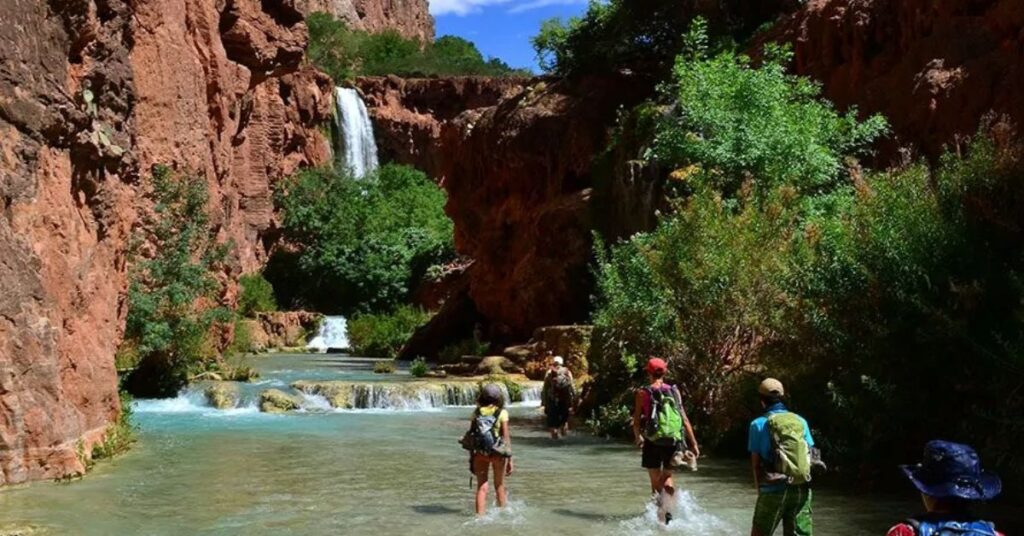
When it comes to reaching Havasu Falls without hiking, there are several alternative transportation options to consider. The most popular choices include helicopter rides, mule trips, and guided tours with specialized vehicles. Each of these options offers a unique experience and caters to different preferences and needs.
Helicopter rides provide the quickest and most scenic route to the falls, offering breathtaking aerial views of the canyon. Mule trips, on the other hand, offer a more traditional and leisurely pace, allowing you to experience the canyon from ground level. Guided tours with specialized vehicles can offer a balance between comfort and adventure, often including educational components about the area’s geology and history.
Key Factors Influencing the Decision to Opt for Alternative Transportation
Several factors can influence your decision to choose alternative transportation to Havasu Falls. Physical fitness and mobility are primary considerations, as some options may still require short walks or transfers. Time constraints can also play a role, with helicopter rides offering the quickest route for those with limited schedules.
Budget is another financial factor, as alternative transportation methods can be more expensive than hiking. However, they often provide added comfort and convenience that may justify the cost for many travelers. Personal preferences, such as a desire for unique experiences or a fear of heights, can also guide your choice.
Read This Blog: Essential Hiking Gear: What to Wear for Every Adventure
Transportation Services to Havasu Falls

Various transportation services cater to visitors seeking to reach Havasu Falls without hiking. These services range from helicopter companies offering scenic flights to tour operators providing comprehensive packages. Some popular options include Grand Canyon Helicopters, which offers flights from Las Vegas and the South Rim, and Wildland Trekking, which provides guided tours with transportation assistance.
When selecting a transportation service, it’s essential to research their safety records, customer reviews, and the specific details of their offerings. Consider factors such as the duration of the trip, any potential stops or layovers, and what’s included in the price.
Accessible Routes to Havasu Falls
While the traditional hiking route to Havasu Falls can be challenging, there are more accessible alternatives for those with mobility issues or physical limitations. These routes often involve a combination of different transportation methods to accommodate various operators. In a similar vein, extreme heat or unanticipated rainfall may affect mule trips and guided tours.
It’s important to communicate your specific needs and limitations when booking any accessible route to Havasu Falls.
This ensures that the service provider can accommodate you properly and that you’re fully aware of what to expect during the journey. Some tour operators specialize in accessible travel and can provide valuable insights and assistance in planning your trip.
Transportation Services to Havasu Falls
Accessible routes to Havasu Falls typically involve a multi-step process designed to minimize physical exertion and accommodate various mobility needs. A common accessible route involves taking a helicopter to the village of Supai, then going on a short, guided walk or taking a wheelchair bus to the falls.
Another option might include a combination of shuttle services and specially equipped off-road vehicles that can navigate the rugged terrain.
These accessible routes often come with additional support services, such as trained guides familiar with assisting visitors with mobility issues. Some may also offer adaptive equipment rentals, like all-terrain wheelchairs, to help visitors explore the area around the falls.
When planning your trip, be sure to inquire about the specific accommodations and support services available to ensure a comfortable and enjoyable experience.
Logistics and Planning for Non-Hikers
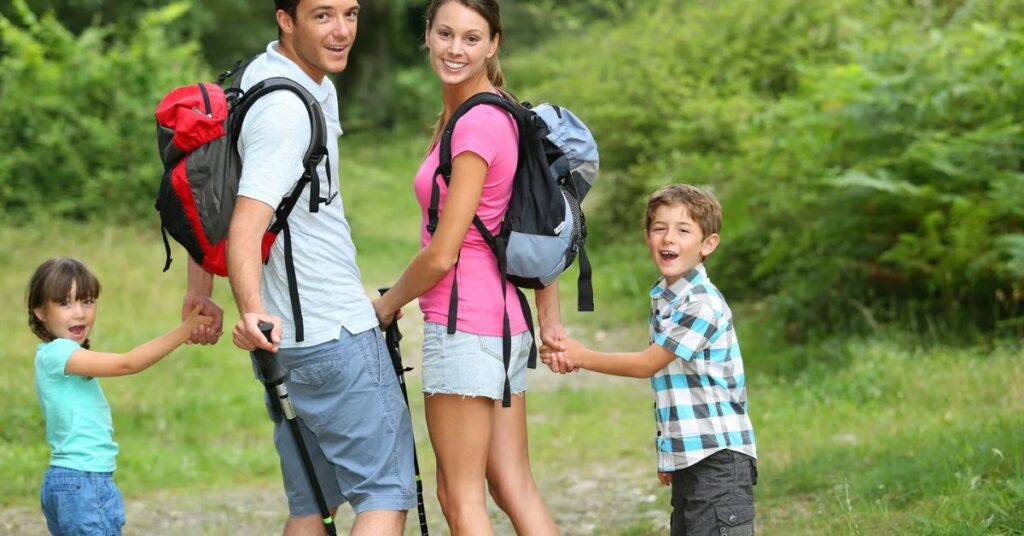
Planning a non-hiking trip to Havasu Falls requires careful attention to logistics. Start by determining your preferred method of transportation and booking it well in advance, especially during peak seasons. Consider factors such as travel time, potential layovers or transfers, and any special equipment or assistance you might need.
It’s also crucial to arrange your accommodations in advance. While camping is the most common option at Havasu Falls, there are lodges in the nearby Supai village that may be more suitable for non-hikers.
Don’t forget to obtain the necessary permits, which are required regardless of how you reach the falls. Research the rules and regulations of the Havasupai Reservation to ensure you’re respectful of the land and its people during your visit.
Desert hiking tool kit
While this guide focuses on reaching Havasu Falls without hiking, it’s still important to be prepared for the desert environment. Even if you’re not hiking, you may spend time exploring the area around the falls. A basic desert tool kit should include essentials like sunscreen, a wide-brimmed hat, sunglasses, and plenty of water.
Other useful items to consider include lightweight, breathable clothing, a first-aid kit, and insect repellent. If you plan to swim near the falls, bring appropriate swimwear and water shoes to protect your feet from the rocky terrain.
Don’t forget a camera to capture the stunning scenery, and consider bringing binoculars for wildlife viewing.
Havasu Falls hiking and camping regulations
Even if you’re not hiking to Havasu Falls, it’s important to be aware of the regulations that govern the area. The Havasu Falls area is part of the Havasupai Indian Reservation, and visitors are required to respect tribal laws and customs. This includes obtaining the necessary permits, following Leave No Trace principles, and respecting sacred sites and cultural artifacts.
Visitors are generally required to camp in designated areas and follow specific rules regarding waste disposal, fire safety, and wildlife interaction. Even if you’re not camping, understanding these regulations will help you be a responsible visitor and preserve the natural beauty of the area for future generations.
Camping Permits Are Mandatory For Overnight Stays
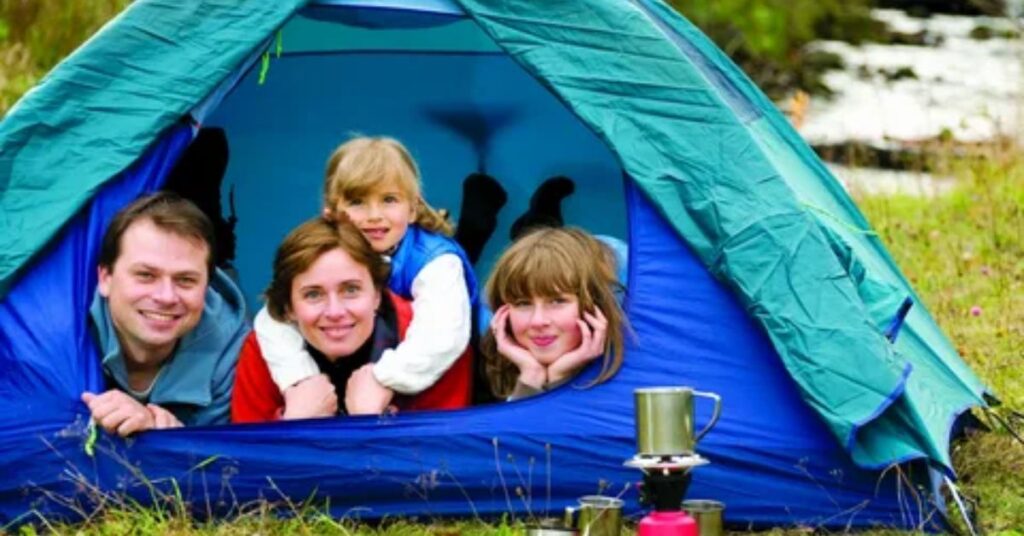
Regardless of how you reach Havasu Falls, camping permits are mandatory for overnight stays. These permits must be obtained in advance through the Havasupai Tribe’s official reservation system. The number of permits is limited to protect the fragile ecosystem and maintain the quality of the visitor experience, so it’s crucial to plan and secure your permit early.
When obtaining your permit, pay close attention to the dates and number of nights you’re requesting. Permits typically include fees for camping, environmental and entrance fees, and taxes.
Be prepared to provide detailed information about your group and your planned method of arrival when applying for a permit.
Simple Process for Obtaining Camping Permits
The process for obtaining camping permits for Havasu Falls has been streamlined in recent years. Permits are typically released on February 1st for the entire year and can be booked through the official Havasupai Reservations website.
The system operates on a first-come, first-served basis, so it’s advisable to be ready to book as soon as permits become available.
To secure your permit, you’ll need to create an account on the reservation website, select your desired dates, and provide information about your group. Be prepared to pay the full amount for your permits at the time of booking. If you’re planning to use alternative transportation methods, make sure to coordinate your permit dates with your transportation arrangements to ensure a smooth trip.
Weather Considerations for Alternative Routes
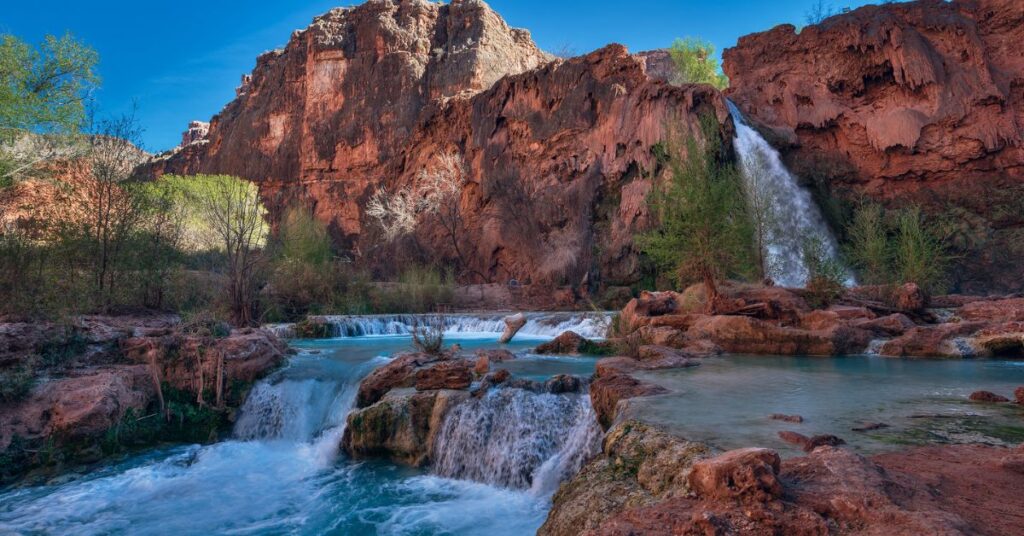
Weather plays a crucial role in planning your trip to Havasu Falls, regardless of your chosen method of transportation. The desert climate can be extreme, with hot summers and cold winters. Spring and fall are generally considered the best times to visit, offering milder temperatures and more comfortable conditions for exploring.
Keep in mind that weather can affect alternative transportation options. Helicopter flights may be canceled or delayed due to strong winds or storms. In a similar vein, extreme heat or unanticipated rainfall may affect mule trips and guided tours.
It’s important to have a flexible itinerary and be prepared for potential changes due to weather conditions.
Navigating Challenging Conditions
Even when using alternative transportation methods, you may encounter challenging conditions at Havasu Falls. The desert environment can be harsh, with high temperatures, low humidity, and intense sun exposure. Be prepared for these conditions by staying hydrated, wearing appropriate clothing, and using sun protection.
If you’re using services like mule trips or guided tours, listen carefully to your guides’ instructions on how to navigate any difficult terrain. For those with mobility issues, inquire about the specific challenges you might face and what accommodations are available.
Remember, while alternative transportation can make the journey easier, some level of physical activity may still be required to fully experience the falls.
Safety Measures for Diverse Weather Scenarios
Safety should be a top priority when visiting Havasu Falls, regardless of how you get there. In hot weather, the risk of heat-related illnesses is high, so it’s crucial to stay hydrated, seek shade when possible, and avoid strenuous activities during the hottest parts of the day. In cooler months, be prepared for potentially chilly temperatures, especially at night.
Flash floods can occur in the canyon, particularly during the monsoon season (typically July to September). If you’re visiting during this time, pay attention to weather forecasts and follow any safety instructions provided by local authorities or your tour guides.
Regardless of the season, always carry emergency supplies like a first-aid kit, extra food and water, and a means of communication.
Budget-Friendly Options for Non-Hiking Travelers
While alternative transportation methods to Havasu Falls can be more expensive than hiking, there are ways to make the trip more budget-friendly. Consider traveling during the off-season, when prices for transportation and accommodations may be lower. Some tour operators offer group discounts, so consider organizing a trip with friends or family to take advantage of these savings.
Another way to save money is to look for package deals that include transportation, accommodation, and meals. These can often be more cost-effective than booking each component separately. If you’re flexible with your travel dates, keep an eye out for last-minute deals or cancellations, which might offer discounted rates.
Remember, while it’s important to find ways to save money, never compromise on safety or the quality of your experience.
FAQ’s
Can you swim at Lake Havasu Falls?
Yes, swimming is allowed at Havasu Falls. The turquoise waters are a popular spot for visitors to cool off and enjoy. However, always exercise caution, respect posted signs, and be aware of water conditions.
How far is Havasu Falls from Phoenix by car?
Havasu Falls is approximately 280 miles from Phoenix by car. The drive takes about 5 hours to reach Hualapai Hilltop, the trailhead. From there, you’ll need alternative transportation to reach the falls.
How do I get to Navajo Falls, AZ?
To reach Navajo Falls, first obtain a permit from the Havasupai Tribe. Then, travel to Hualapai Hilltop and either hike, take a helicopter, or join a guided tour to Supai village. Navajo Falls is a short hike from there.
Does Lake Havasu have beaches?
Yes, Lake Havasu has several beaches. Popular spots include London Bridge Beach, Rotary Beach, and Windsor Beach. These areas offer sandy shores, swimming areas, and various recreational activities for visitors to enjoy.
What is the best time to visit Havasupai Falls?
The best time to visit Havasupai Falls is from March to May or September to November. These periods offer milder temperatures, making hiking and exploring more comfortable. Avoid the summer for extreme heat and the winter for cold temperatures.
Conclusion
Exploring Havasu Falls without hiking is not only possible but can be an incredibly rewarding experience. By utilizing alternative transportation methods such as helicopter rides, mule trips, or guided tours, you can witness the breathtaking beauty of this natural wonder while accommodating various physical abilities and preferences. These options open up the possibility for more people to enjoy this stunning destination.
Remember to plan, secure the necessary permits, and choose the transportation method that best suits your needs and budget. Whether you’re seeking adventure, relaxation, or simply a unique way to experience one of Arizona’s most spectacular sights, there’s a non-hiking option for you. With proper preparation and respect for the environment and local culture, your trip to Havasu Falls can be an unforgettable journey; no hiking is required.

BagisPack.com: Your ultimate travel companion. Explore expert travel tips, packing guides, and destination insights. Empowering adventurers with essential advice for seamless journeys around the globe.
